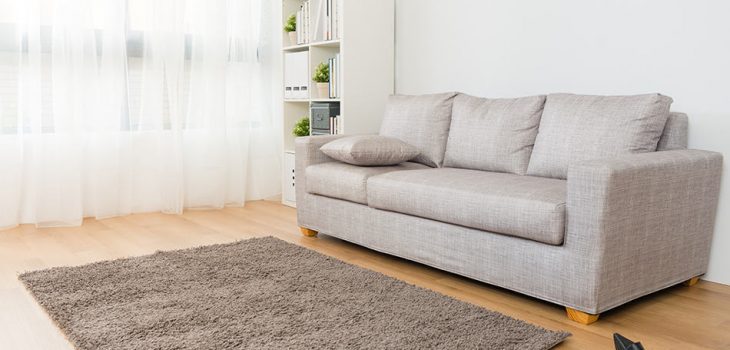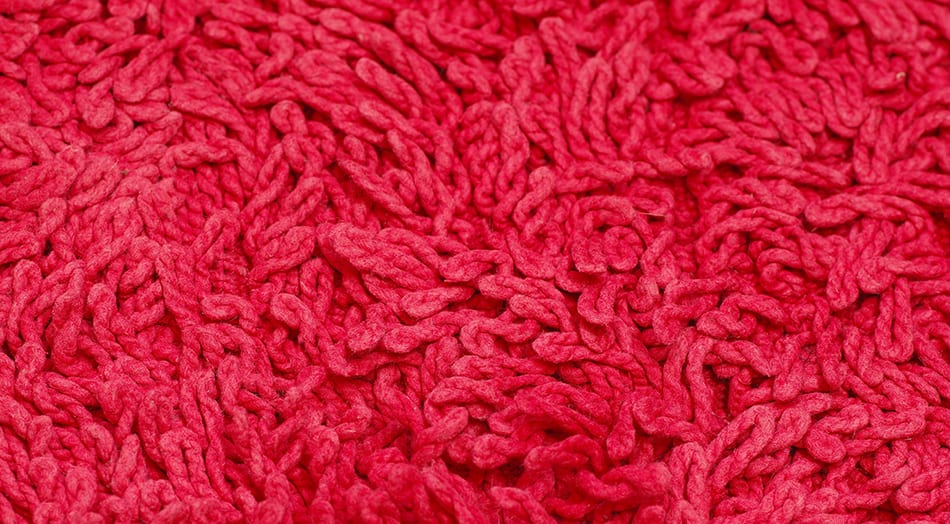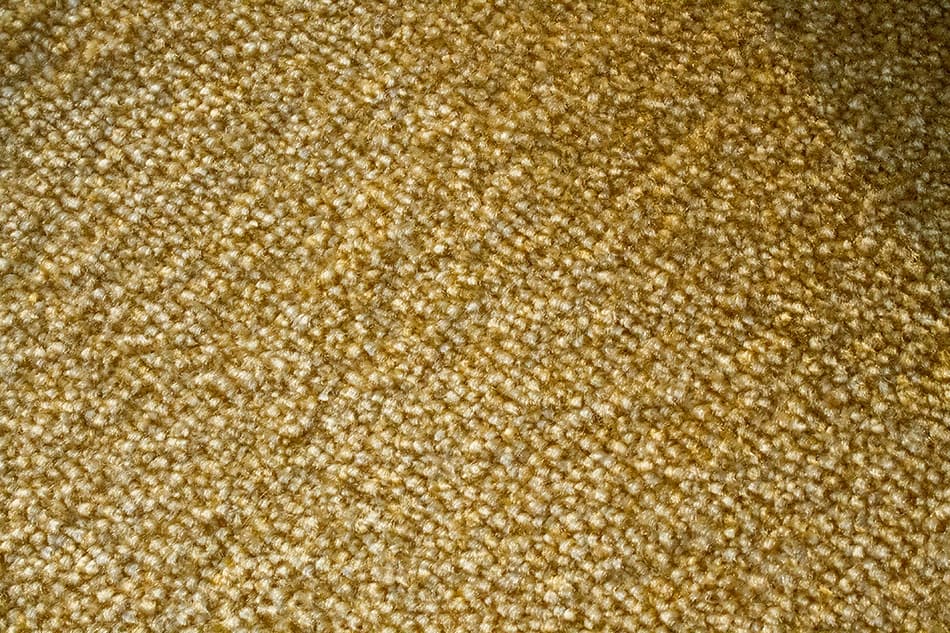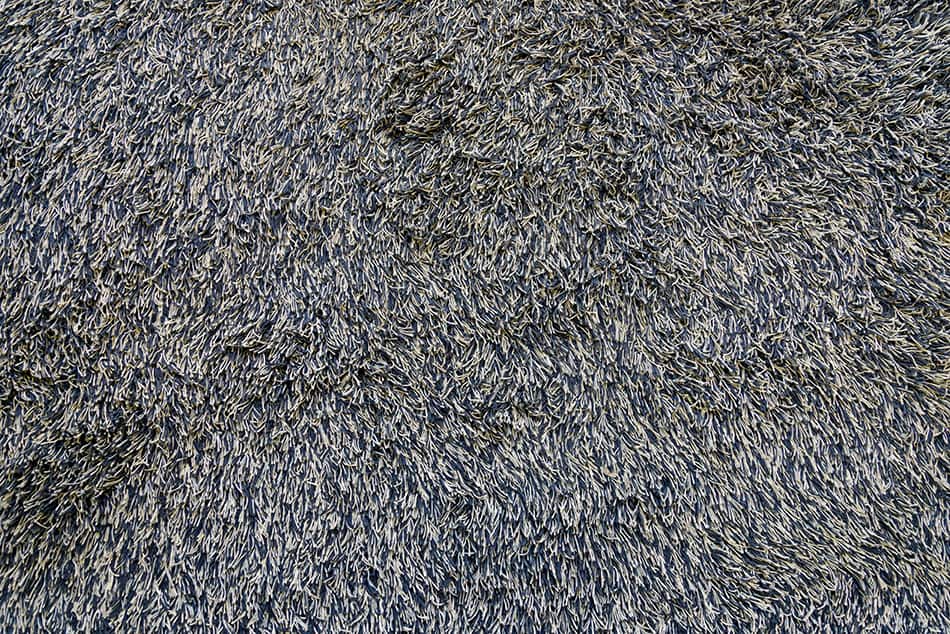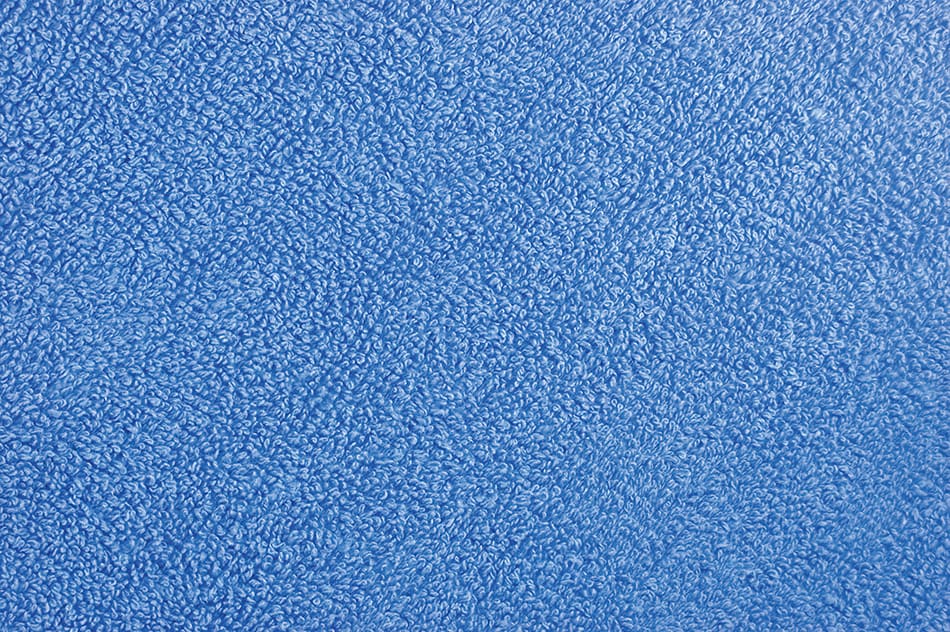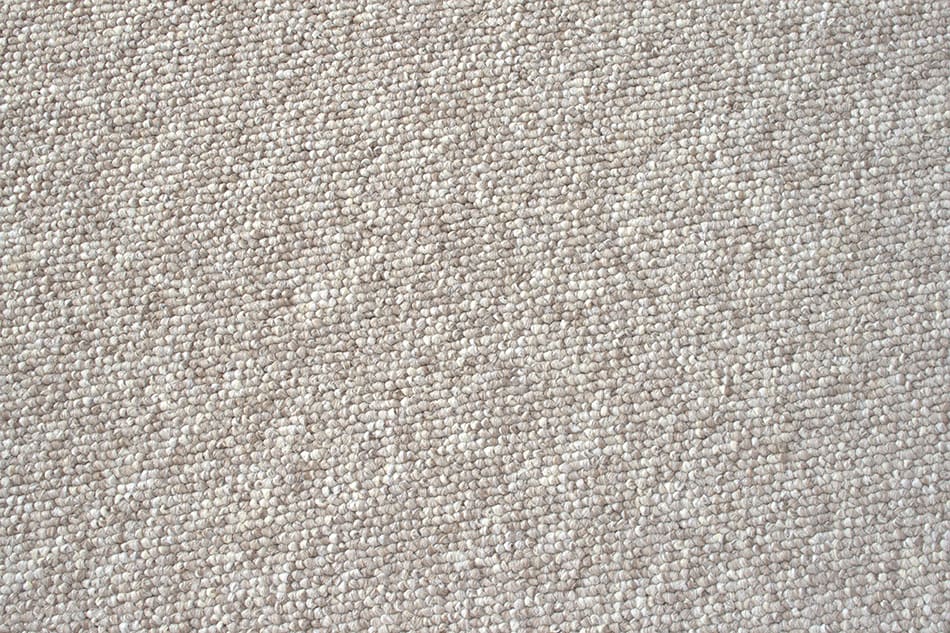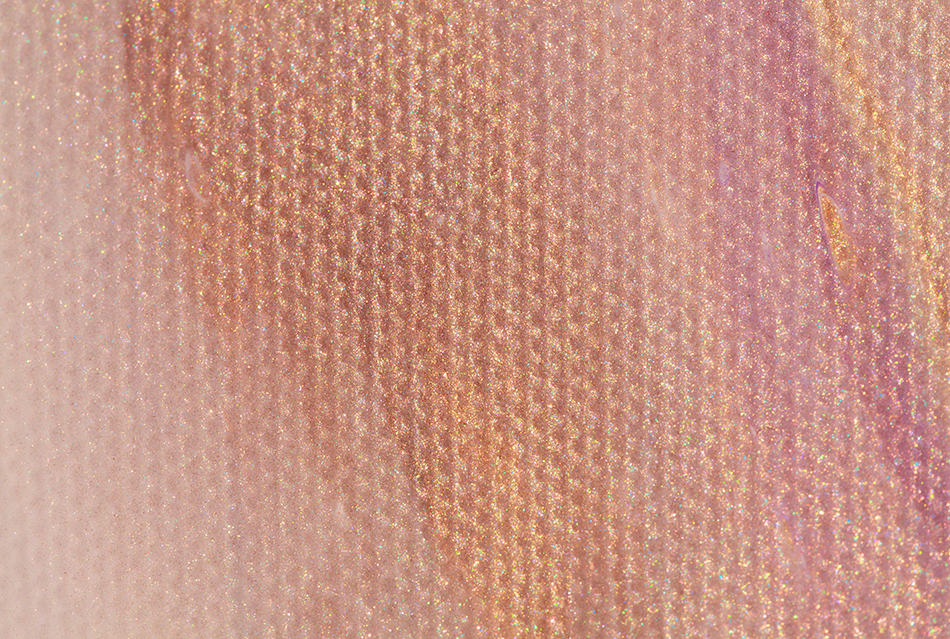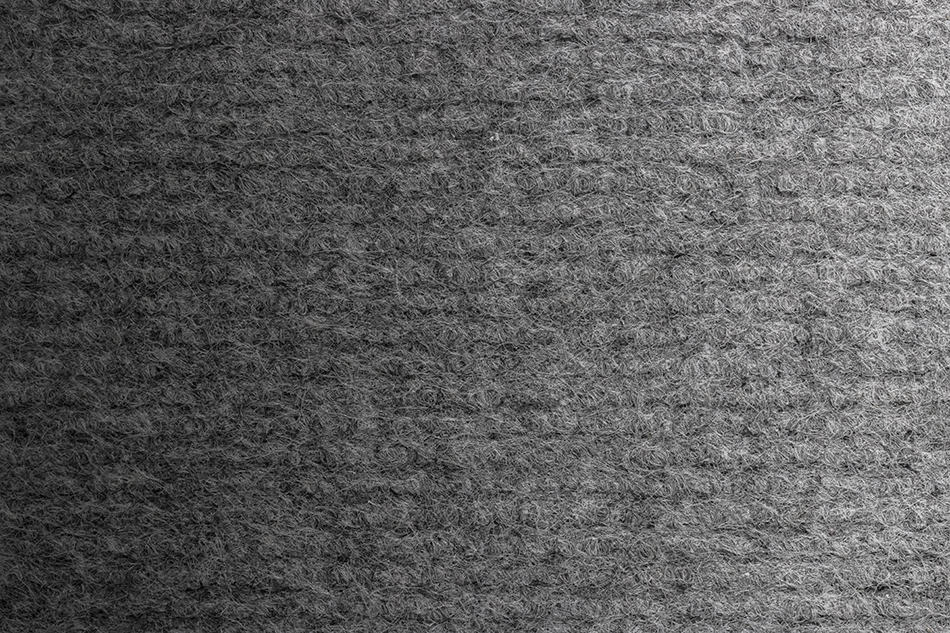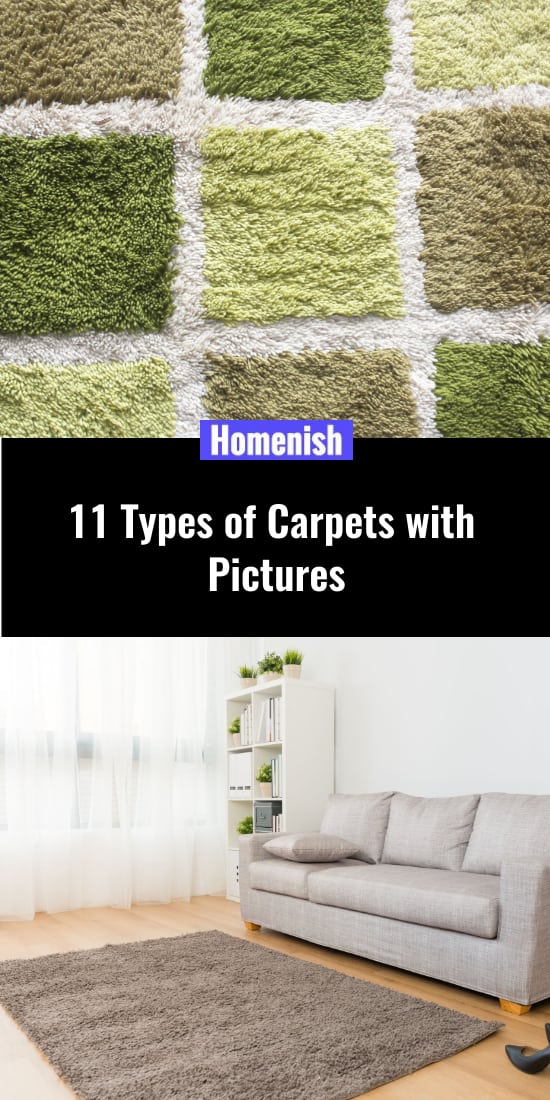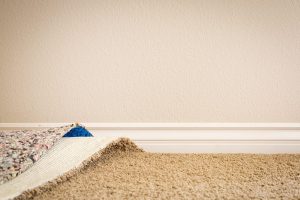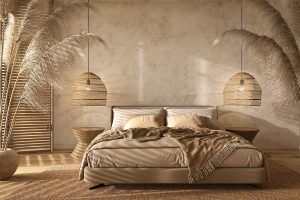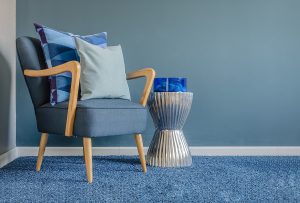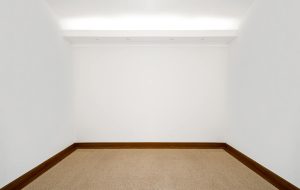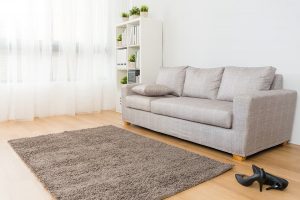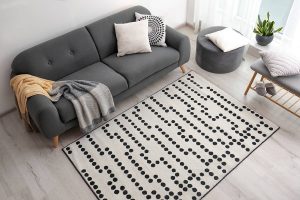Hardwood has become the flooring of choice for many people over recent years; however, carpet has many benefits and is more well suited to certain areas of the house than some types of wood, tile, or laminate.
Carpet flooring adds a softness to a room, both aesthetically and functionally. It works well in bedrooms and playrooms, where it provides a warm and cozy feeling against bare feet or a soft and cushiony surface for babies and toddlers to crawl on or fall down on.
Many types of carpets are also stain-resistant, making them more practical than you may have previously thought.
Carpets can also offer a great design choice, giving you more options in terms of colors and patterns compared with hardwood. Carpet types can range widely, with different types of piles and many different materials to choose from. Some carpets are anti-allergenic, offering a good choice for people with allergies or sensitivities to chemicals.
To learn all about the different types of carpets available on the market today, check out this list.
1. Loop Pile
Loop pile carpet is made from loops of yarn that create a hard-wearing carpet ideal for higher traffic areas. These types of carpet don’t feel as luxurious on bare feet as most types of cut pile carpet, but it has a much warmer and softer feel than hardwood, so is a good compromise between the two.
2. Level Loop
Level loop carpet is made from a series of looped yarn that has all been measured precisely so that they are the same length, giving the carpet a very uniform look and feel. Level loop carpet has small loops, which give the carpet quite a tight look, making it solid and hard-wearing, especially resistant to catching on sharp objects.
This type of carpet will not show footprints or leave vacuum marks. It is well suited to areas where foot traffic is higher, such as stairways, and would work well in children’s playrooms where you need a floor surface that is resistant to staining but also provides a soft landing if toddlers fall down.
3. Multi-Level Loop
The multi-level loop is made from yarn loops of various heights, which creates a more unevenly textured finish. It is also sometimes known as a high-low loop pile, referencing that some loops are high and others are low. The height of the loops can be random to give a more relaxed texture, or they can be sequenced to create a definitive pattern.
This type of carpet is very durable, and if you do suffer from a stain that you can’t remove, it is likely that it will blend in with the texture of the carpet and won’t be an obvious problem like a stain would be on other carpet types.
Multi-level loop carpet can look and feel more luxurious than other types of loop carpet, as the higher loops will have a softer feel on the feet and won’t be as stiff as level loops. However, over time, multi-level loop carpets can age more quickly, as the higher loops can become flattened by foot traffic, giving the carpet a squashed look.
To help keep this carpet in good condition, use it in areas where foot traffic won’t be too heavy, and regularly use a strong vacuum that will help to suck the loops upwards and keep them in a vertical position for longer.
4. Berber
Berber is the most popular choice of loop pile carpet, especially in new homes, because it has a modern and neutral look, as well as a reputation for being long-lasting and durable. Berber is made from a series of looped yarn, which is typically looped lower and tighter than all other variations of loop pile carpet. The loops are tightly packed to create a very dense texture that holds together well and stays looking newer for longer. Berber tends to be made from thicker yarn varieties than other types of loop pile carpet, which adds to its stain resistance.
Most types of Berber carpets are available in earthy and neutral tones, typically shades of beige with flecks of gray or brown.
The flecks are an important touch in Berber carpet because not only do they give it an interesting look, but they help to hide dirty marks or stains, as small drops of mud or smears of chocolate stains will blend into the carpet and look like part of the flecked pattern. The ability of the flecks to hide soiling makes Berber carpet a particularly popular choice in bedrooms, basements, and on stairways.
5. Sisal
Sisal loop carpet refers to a textured loop pile that is aligned in rows to create a striped pattern. The height of the loops can vary to create different looks and textures, and the patterns do not always take the shape of solid stripes but can be made into geometric patterns using the rows of loops as a base.
This is a hard-wearing and durable carpet that ages well and has a good ability to hide stains, though it isn’t aesthetically as neutral as Berber, and therefore isn’t as popular.
6. Cut Pile
Cut pile carpet is made by creating loops of yarn and then cutting them open at their highest point. This makes a carpet with pieces of yarn that are standing upright. These types of carpet give a more formal look than loop pile carpet, and they also have a softer and more luxurious feel when walking on them.
7. Textured
Textured cut pile carpet has strands of yarn of varying lengths, and the yarn also gets subjected to a special heat treatment that twists them into spirals and presses them so that they remain in a twisted or kinked shape.
The result is a textured surface that is good for resisting surface marks such as footprints or stains. The textured surface helps to hide marks or areas that have become crushed under high foot traffic because the overall look of the carpet is uneven, and therefore imperfections are much less noticeable.
This type of carpet is good for children’s bedrooms and play areas, as it provides a soft and cushion-like surface that will be kind to crawling knees, but also won’t show stains or problem areas easily.
8. Saxony
This type of cut pile is made from loops that have all been cut to the exact same length, giving an even finish. Saxony cut pile has the pieces of yarn packed together very densely so that a very plush product is created. This is very similar to what is known as ‘plush pile’ carpet, but with Saxony cut pile, the threads are longer in length, and have a slightly twisted look.
The result of this type of carpet is very luxurious. It gives an impressive look to a room, being both formal yet very cozy and comfortable.
Saxony pile carpet shows footprints or vacuum marks very easily, so it isn’t ideal in frequently used rooms if you want to keep it looking neat. It will also show stains or marks quite easily, as it has a very uniform look, so any imperfections will be obvious and much more difficult to hide compared with other carpet types. Saxony carpet is among some of the most expensive, as it is of high quality.
9. Frieze
Frieze cut pile carpet is made from a mixture of thick and thin yarns and tall and short yarns. Each yarn can be twisted or kinked in random directions, giving the carpet a unique, almost fuzzy texture.
Some people may confuse frieze carpet with shag pile carpet, which was popular in the 1970s and ’80s. Shag pile is very similar to frieze, but the strands of yarn in shag pile are noticeably longer. Frieze cut pile carpet gives a relaxed and informal look to a room, with a soft texture that helps the space feel inviting and cozy.
This type of carpet, due to the fact that it has yarns pointing in so many different directions, will not show footprints or vacuum marks easily. That being said, it is not ideally suited to high foot traffic areas, as the texture of the carpet can become flattened and look worn out if it is trampled on too frequently. This type of carpet can also be very difficult to get stains out of, so it might be a good idea to consider darker colors if you want a frieze carpet or have it fitted in a rarely used room in your home.
10. Patterned
Patterned carpets are created by combining cut pile and level loop pile techniques. The end result is a stylish carpet that is soft to the touch and pleasing to the eye. The types of patterns created can incorporate swirls, squares, or floral motifs, with the types of designs available almost endless.
These types of carpets are designed for decorative purposes and are used to visually enhance a room, more so than for practical purposes. Some types of patterns, notably repeating patterns, can help to make a room feel bigger than it actually is, giving the illusion of space. Carpets with heirloom patterns are often used in hotels and restaurants to give them a feeling of grandeur and tradition.
These types of carpets typically don’t show footprints or vacuum marks easily, so they can be useful in high traffic areas. Patterned carpets can also be good at hiding marks from soiling, as some stains will blend into the patterning.
11. Plush
Plush pile carpet is also known as velvet or velour carpet because it is very soft to the touch. Plush pile carpet is a type of cut pile carpet that has very short lengths of yarn all cut to an equal level. The yarns are densely packed to give the carpet a soft and padded feel.
Each yarn may be gently twisted, which adds to the dense look and springy nature of the carpet. Plush pile carpet is popular in bedrooms, where it feels great on bare feet when you step out of bed and gives a warm and cozy vibe to the room.
This type of carpet will show footprints and vacuum marks easily, so it isn’t ideal for use in common areas. It is not good at hiding stains, so it isn’t the best choice for children’s bedrooms unless you opt for a dark color that may be able to hold up to soiling a little better.
Avoid using this carpet on stairways, as it will easily show wear and look old and tired much more quickly than a patterned carpet or level loop carpet.
Carpet Fabrics
Carpets can be made from a range of different materials, and the type of material will play a key factor in the quality of the carpet and various features it might have, such as stain resistance. Commonly, carpets are constructed from one of or a combination of the following fabrics.
A. Nylon
Most carpets are made from nylon, with nylon carpets accounting for up to 90% of all carpets used in residential settings. Its popularity is down to several factors. It is reasonably priced, considering how long it lasts.
It has a life expectancy of between 10 and 15 years in most cases, and though it is more expensive than other synthetic carpets, it costs less than wool carpets. It performs better than other synthetic carpets, with good resistance to staining, abrasion, mold, and mildew. It also wears well and maintains its appearance for a long time.
Nylon dyes well and is able to hold its color, making it available in a huge choice of colors. Nylon is also soft, making it a comfortable option for beneath your feet. One downside of nylon carpet is that it can produce static energy.
B. Olefin
Olefin is also known as polypropylene, but it is actually a polypropylene compound. It is used as a synthetic substitute for wool because the fibers look and feel similar to natural wool, but it is more cost-effective.
This type of carpet is very popular in commercial properties, and some statistics estimate that it accounts for around 80% of carpets in these types of settings. It is also becoming increasingly popular for residential applications and is the second-biggest seller after nylon carpet.
In terms of cost, it is slightly less expensive than nylon carpet, but it doesn’t perform quite as well. It has a high resistance to staining, but it holds onto oils when soiled, to that dirt will cling.
Despite being prone to soiling, olefin does clean well, and some types can even be bleached. Olefin is commonly used for level loop carpets like Berber because it is very strong and, therefore, holds up well against high levels of foot traffic.
This type of carpet costs more than polyester or acrylic carpets. It can become damaged due to sun exposure, so be careful not to use this type of carpet in very bright rooms.
C. Wool
Wool is a natural material that has many benefits, though unfortunately, these come at a premium. High-quality wool consists of lots of intricately woven fibers, which make it very resistant to staining.
It is the softest type of carpet fabric available and will feel very luxurious on bare feet. Pure wool carpets are especially good for people who suffer from allergies, as they are produced with no chemicals or additives.
Wool is not a common choice of carpet material for most people because it is very expensive. As a natural fabric, it also doesn’t perform well against mold and mildew because these types of fungi feed on organic materials.
This makes wool carpets incompatible with areas where humidity is high or there are moisture problems. There are some lower-grade wool carpets available at more reasonable price points; however, if the wool carpet is not made from the highest grade of wool, then it tends to be very prone to staining.
Many manufacturers combine wool with acrylic fibers to produce carpets made from a blend of materials. This means that the customer receives a carpet that is soft to the touch, like wool, but with more of the stain resistance and longevity offered by acrylic.
Cutting down the amount of wool needed in a carpet and replacing it with some acrylic will also greatly cut down the market cost of the final carpet.
D. Acrylic
Acrylic carpet is one of the most affordable types of carpet, and it is a great choice in some rooms but not in others. Acrylic carpet is resistant to staining, mold, mildew, and static. It is very soft and is able to replicate the feel of natural wool because the fibers are very similar, and in some places, you will see acrylic carpets marketed as ‘synthetic wool.’
These features make acrylic carpets great for children’s playrooms, where you want a soft carpet that stands up well to staining. It will also work well for basements and bedrooms.
Where acrylic carpet falls down is its durability. It is not very strong and won’t last as long as nylon carpets, and it won’t stand up well to lots of foot traffic. Avoid using this type of carpet on stairways or other high-traffic areas.
Acrylic stands up well to sunlight and is not as prone to fading as some other carpet materials, but it can struggle with some types of cleaning products. Avoid using alkaline cleaning products on acrylic carpets because it can cause the color of the carpet to go brown.
E. Polyester
Polyester is a synthetic carpet fabric that is budget-friendly and has many good features. It is one of the best types of carpet for dying because it is known to retain bright colors very well. If you want a shade of carpet that remains vibrant over time and is resistant to fading, then polyester would be a good option.
It is relatively resistant to staining, and it resists moisture well, meaning it performs well against mold and mildew. It is easy to clean, though it holds onto oils that can lead to dark patches and dirty marks. Polyester carpet is non-allergenic, so a good choice for people with certain sensitivities.
Probably the most disappointing feature of polyester carpets is that they can become flattened very easily. If you have this carpet in an area with high foot traffic, you can expect it to look well-worn quite quickly. It also flattens easily underneath furniture, so it can look unsightly if you decide to move your furniture around.
Once polyester fabric has become flattened, it will be very unlikely that you can fluff it up again with brushing or vacuuming; therefore, it is best used in low-traffic areas of the home.
One of the best things about polyester carpet is that it is among the most inexpensive to buy. For this reason, it is commonly found in student accommodation or low-budget rentals. However, considering polyester fabric doesn’t wear very well, you might find that over time it would be more cost-effective to buy a more expensive carpet that lasts longer.
F. Triexta
Triexta carpet is made from synthetic fibers, and it is relatively new to the market, though it has been gaining popularity over the last few years as a competitor of nylon carpet. Triexta is known to be strong and durable, even more durable than nylon, which was regarded as the strongest synthetic carpet available until recently. It is also very resistant to staining, making it a good choice in homes with pets or children.
Triexta also claims to be longer-lasting than nylon, but due to how new this type of material is, there isn’t any evidence of this. The only way to substantiate this claim is to wait for the passing of time. Triexta is very hardy in areas with high foot traffic, and it stands up well to heavy use, retaining its upright strands and maintaining a good appearance.
Its main drawback is the cost. It is the most expensive of all the types of synthetic carpet, even more so than high-quality nylon carpet.
